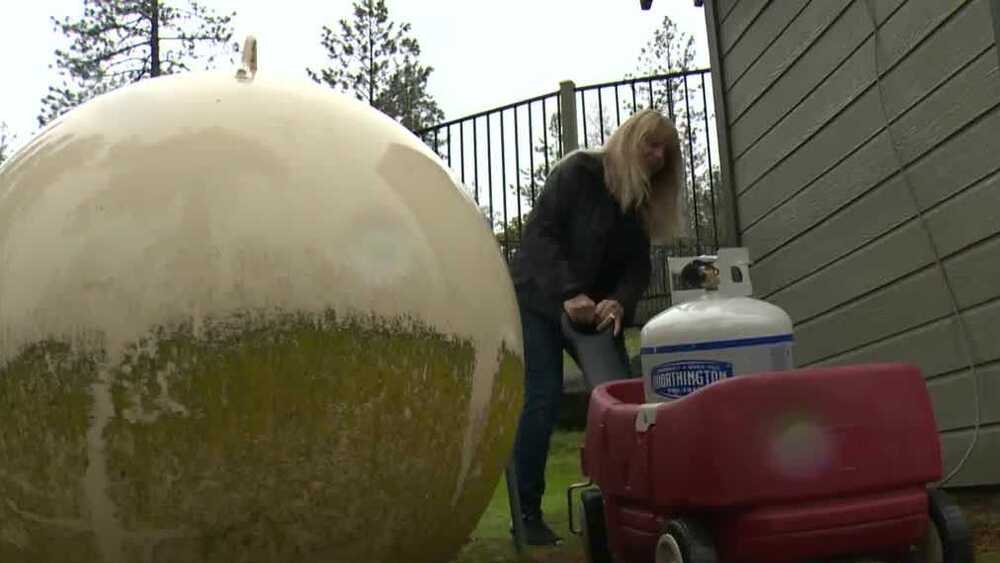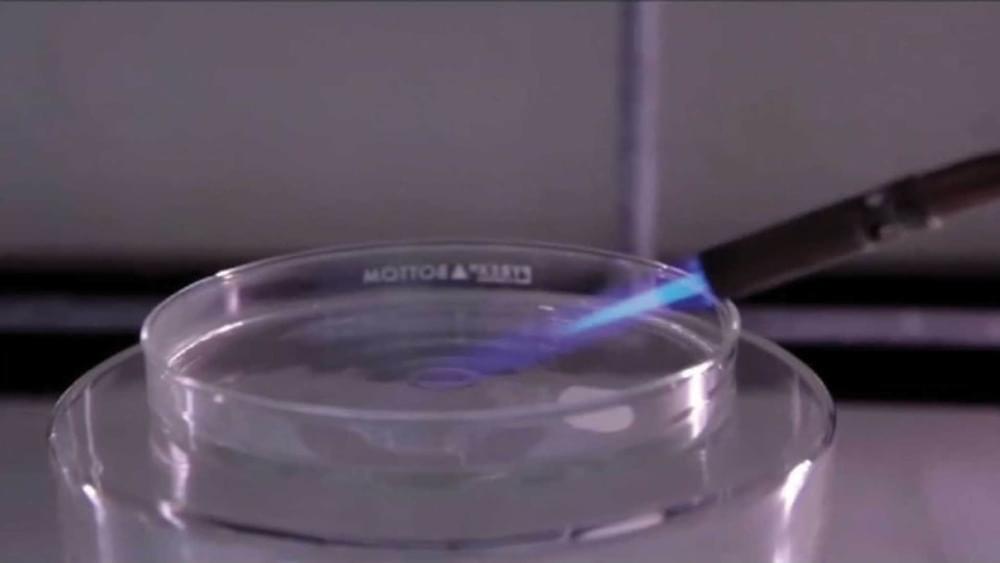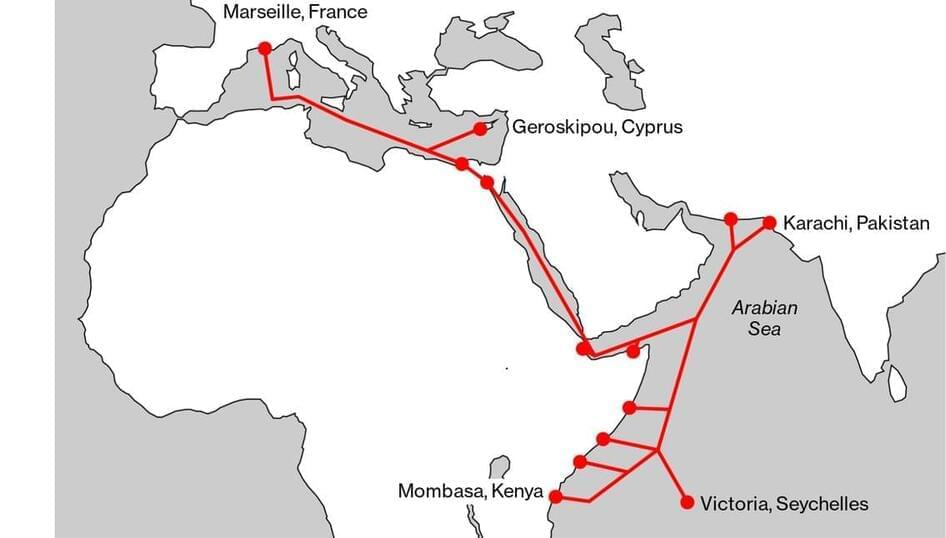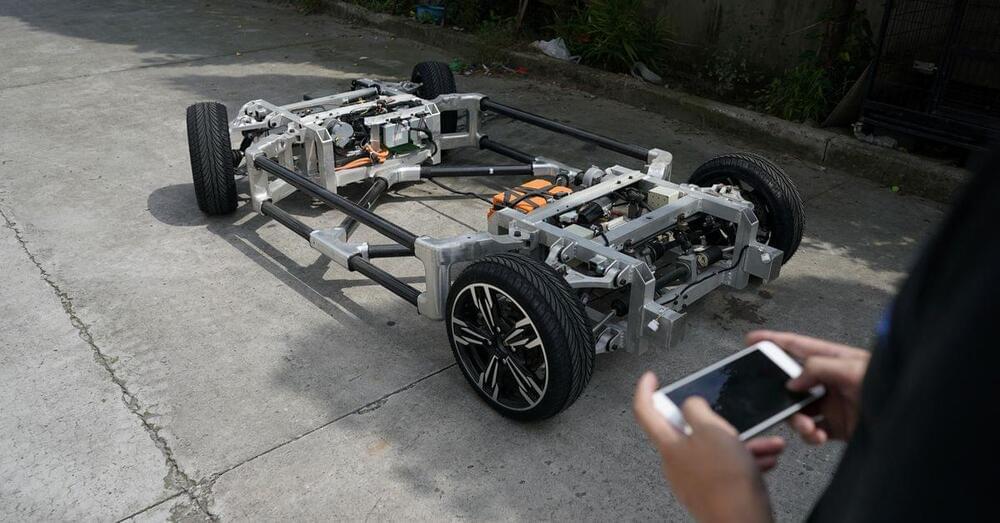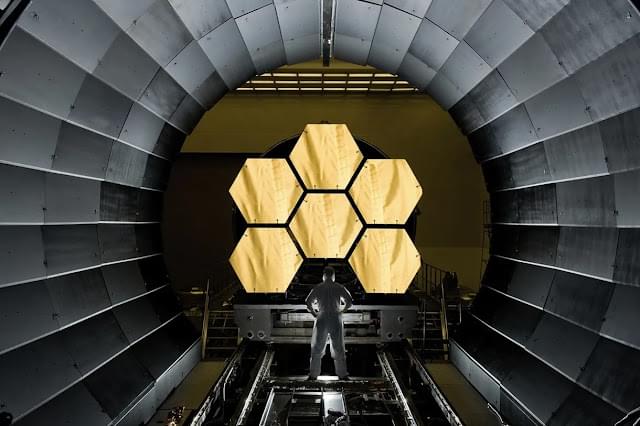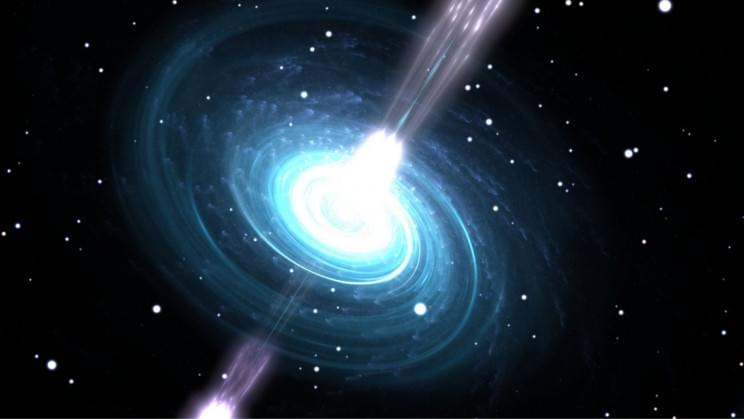And it claims any roofer can install its new solar shingles.
GAF Energy, a division of roofing giant GAF, developed new solar shingles that are so easy to install no special equipment or knowledge is required, a TechCrunch report reveals.
The new accessible home renewable energy option provides serious competition for Tesla, who revealed their own new tiles with 22 percent more energy capacity last month.
Solar shingles have traditionally been difficult to install, as they replace traditional shingles to act as roofing material and solar cells at the same time. Tesla’s solar roofs, for example, require a special team to carry out what is essentially a whole roof replacement that has, in the past, taken weeks to complete.
With its new solar shingles, GAF Energy hopes to make installation easier and more flexible. Not only will it allow quicker install times, but it will also allow specific patches of roofing to be replaced with solar shingles, meaning customers won’t only have the option of replacing their entire roof.
Full Story:
